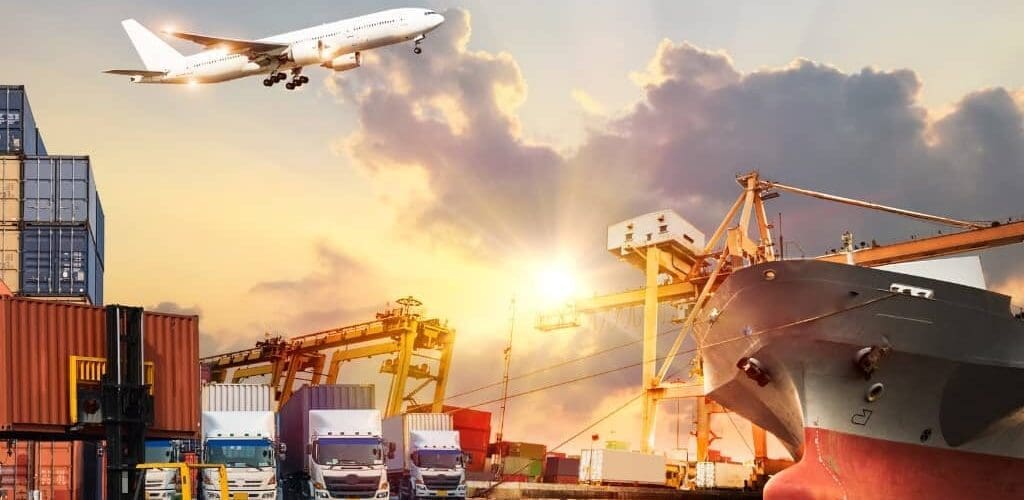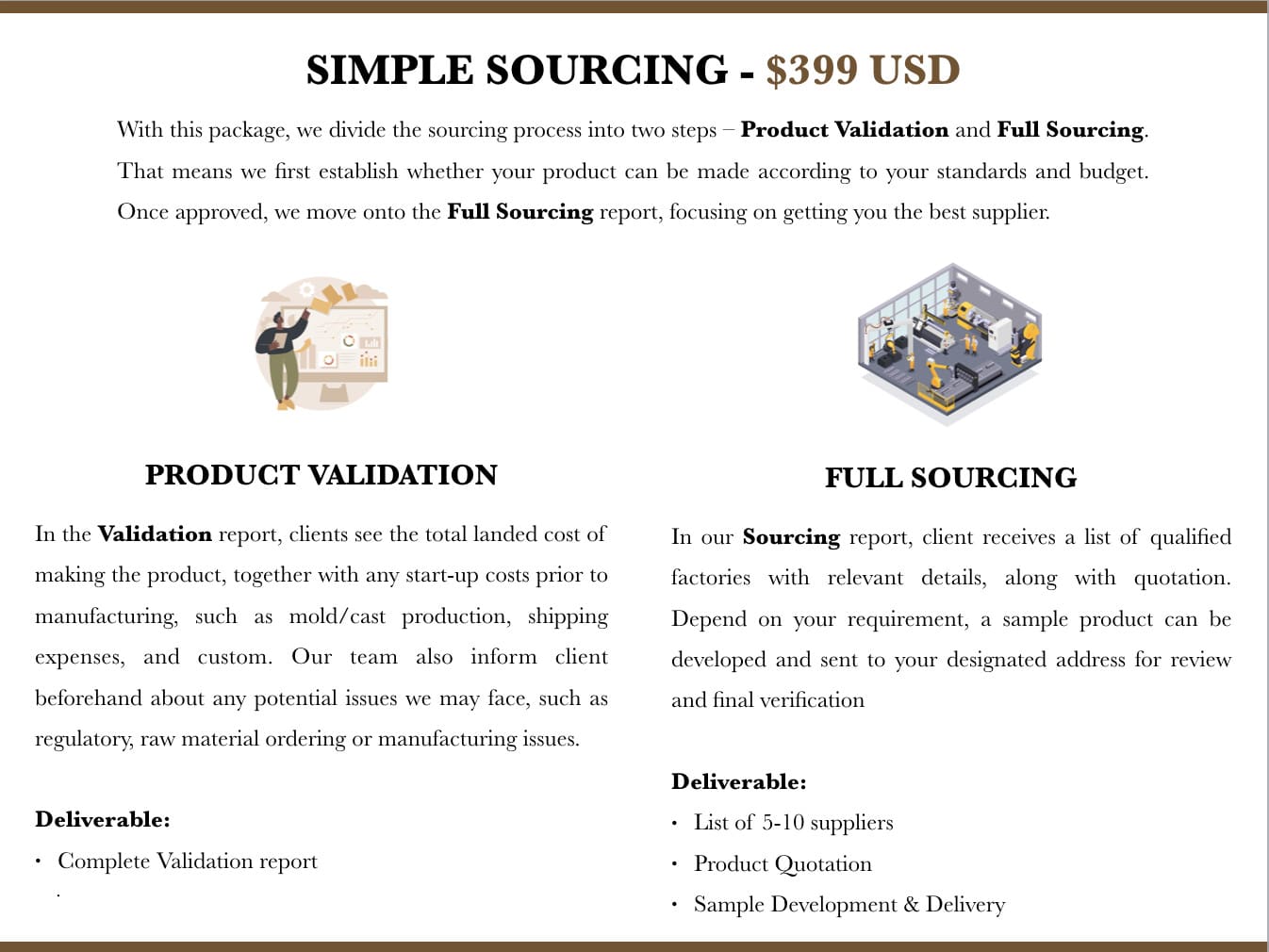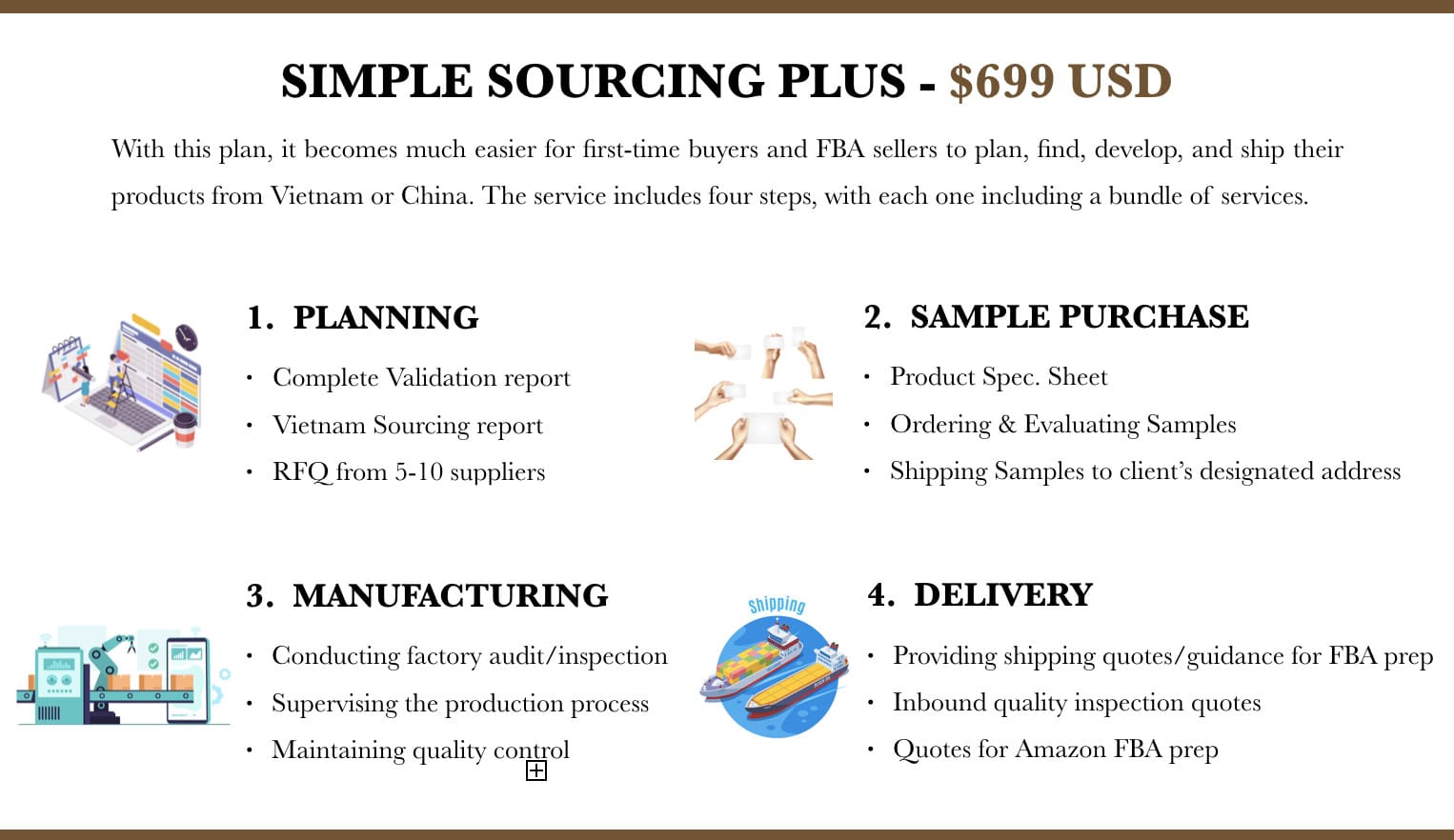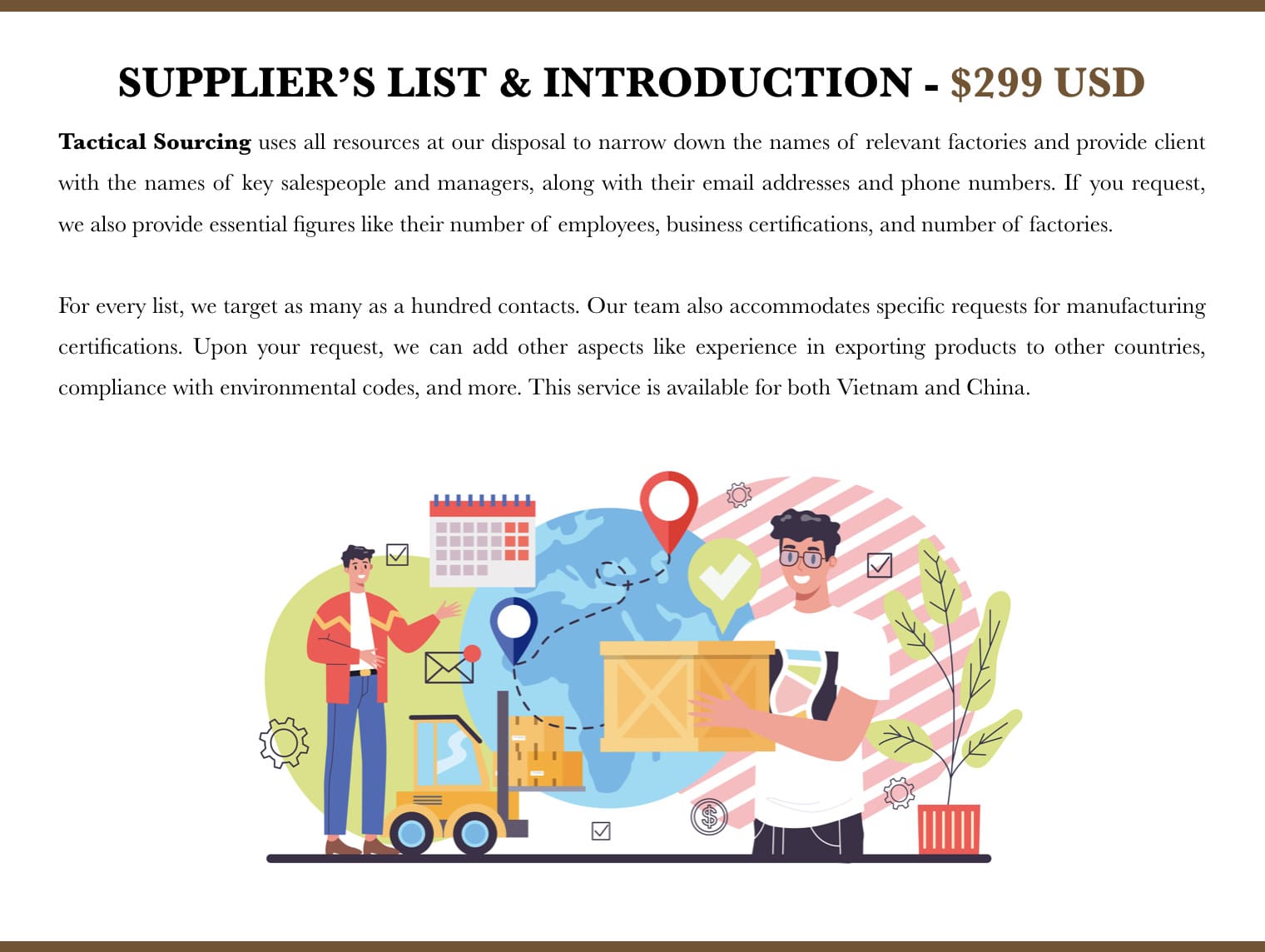
Logistics plays a crucial role in people’s lives and businesses. One of the most basic decisions to make is selecting the method of transportation you’ll use to transport your cargo from. If you’re talking about international shipments, there are two types: air freight and sea freight.
When crossing different continents, you’ll need to look at the bigger picture and consider your ultimate goal– which, at the end of the day, will be the satisfaction of your customers. Below, we’ll investigate which method of shipment is better for a particular situation while considering the factors of speed, cost, reliability, and others.
What Is Air Freight?
Air freight is the transport of goods from one location to another through an air carrier such as charter or commercial planes. It’s easily known as the fastest mode to ship goods internationally. Over the years, the worldwide volume of air freight has increased exponentially,
What Is Sea Freight?
Sea freight is the mode of transporting large cargo through cargo vessels. The shipment could be either bulk cargo or general cargo (also known as break-bulk). It cannot be denied that sea freight is the backbone of supply chain industries. Between 1990 and 2020, the annual volume of global sea freight has doubled.
Choosing Between Air Freight & Sea Freight
Determining the proper method of shipment is not a one-time thing; it requires constant freight analysis to achieve customer satisfaction and logistics cost optimization. Shown below are the different factors to consider when choosing between air freight and sea freight.
1. Time
Without a doubt, air freight is the king of speed. Sea freight can reach the destination port in several days to weeks while air freight only needs one to two days. Even if ocean shipping routes have been optimised through the years, it’s still hard to beat the unmatchable speed of air freight. When considering that different cargo aircraft can cruise at speeds of 900 kilometres per hour, it is not surprisingly to learn that sometimes you could even receive your goods in a matter of hours.
2. Cost
While air freight is fast, it is also expensive. During the pandemic, air freight rates rose dramatically to levels many of us have never seen before. It was reported in late 2021 that air carrier rates had risen by 155% from 2019. Despite this, it’s important to understand air cargo cost structure. Air freight is usually billed via chargeable weight, which is computed based on the shipment’s size and weight. In sea freight, however, weight is not actually a major consideration. For example, for a standard-sized container (20 ft x 40ft), you’ll typically be charged a flat rate. When you’re using LCLs (less than container loads), the cost is based per cubic meter.
Sea freight is more cost-effective for bulk shipments but as the weight of the shipment decreases, the margin between sea freight and air freight also diminishes. Aside from transportation cost, another overlooked consideration is the warehousing cost. Due to the size and quantity of bulk shipments, the warehousing fees related to sea freight are much higher compared to those of airports. Both air and sea freight are also subject to customs and taxes so make sure to include them in your overall cost comparison.
While aiming to satisfy customers, bear in mind that your bottom line figures are important to keep the business going. With this, ensure to optimize all costs whether it’s sea freight or air freight, to maximize your profit.
3. Reliability
Both air freight and sea freight are reliable options but they differ slightly in reacting to schedule adjustments.
When exposed to harsh weather conditions, air freight can easily be thrown off its schedule compared to sea freight.
On the other hand, air freight is better at quickly rearranging or adjusting to a new schedule. Schedules for sea freight are a little more resilient compared to air freight in the face of bad weather but they are also slightly slower in bouncing back to schedules. These areas have been improved over time due to the forging of an alliance between sea freight companies.
4. Other Factors
Product – Some products eliminate the choice between air freight and sea freight. Due to their inherent nature, they won’t meet air cargo security requirements so they will only be eligible for sea freights. Below are examples of these products
- Flammable products
- Toxic or corrosive products
- Magnetic objects
- Biochemicals and oxidizers
- Items with gasses
- Items having a danger sign on the packaging
3rd Party Logistics – When you have identified the proper method of shipment for each product, consider also who and how these services are being carried out. Study the profile and performance of the service provider to ensure a reliable supply chain flow. It would be better to partner with a logistics company with integrated services – shipment, warehousing, delivery, and hauling – because their services are more synced and collaboration is more seamless.
Environmental Impact – In the course of the operations, business owners and shippers often forget about the impact they make on the environment.
Many of the customers are environmentally conscious, so it also affects the choice of shipment method. Generally speaking, sea freight is eco-friendlier than air freight.
While sea freight is a lot cheaper when in bulk, you can also opt for commercial airplanes but at a higher cost. At the end of the day, you’ll need to balance the tradeoffs between speed, cost, and reliability. If you are at a crossroads between air freight and sea freight, review the factors we have provided to you above and if you’re still undecided, you can talk with an expert here at Tactical Sourcing to guide you with your logistical decisions.
The Tactical Sourcing Team





